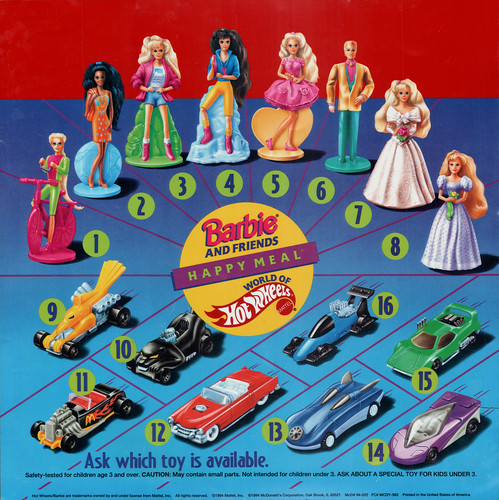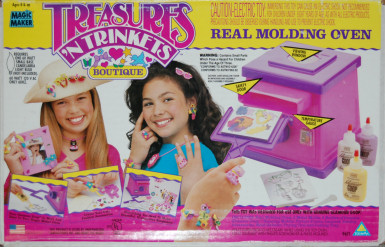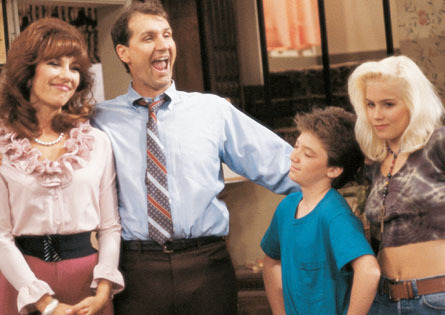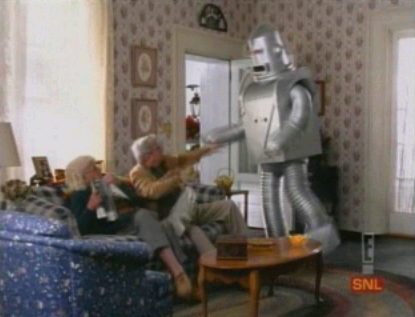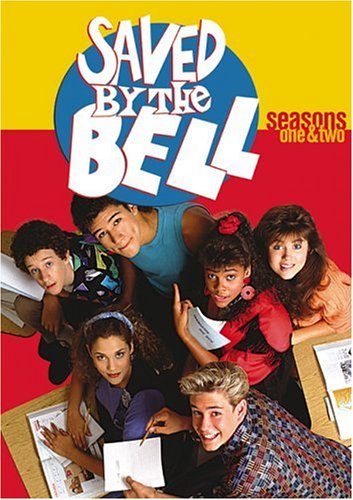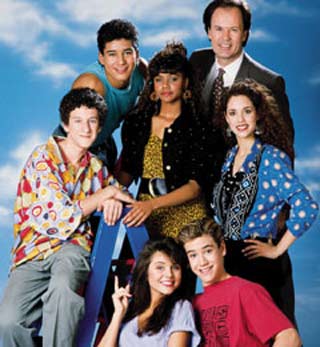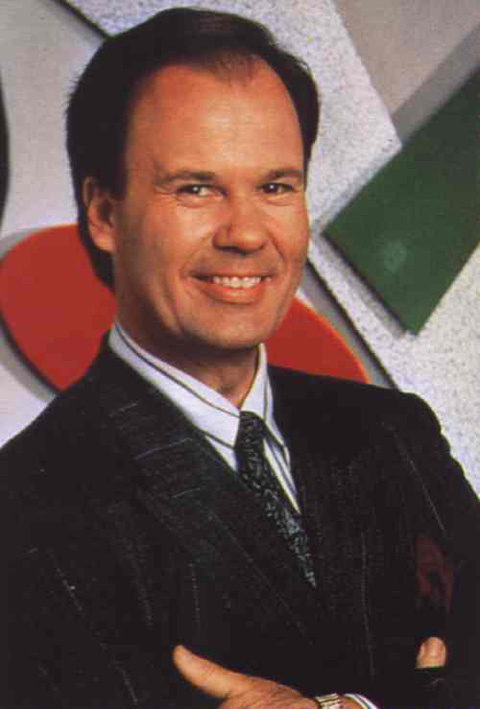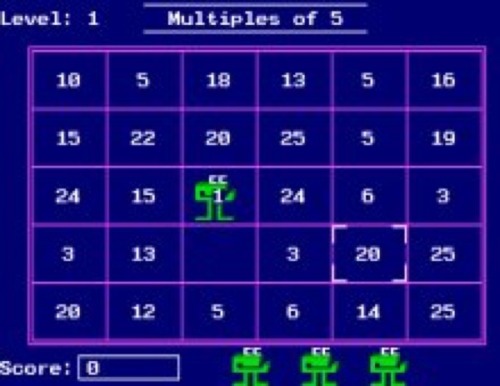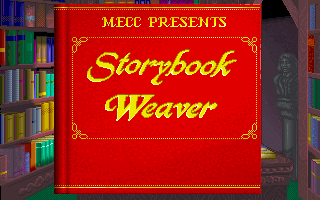 Riding the crest of 80s aerobic fitness trends, many entrepreneurial-minded exercise gurus took to the airwaves with the goal of convincing us to buy their complicated contraptions. Through the use of TV ads, particularly informercials, these buff business-minded bodybuilders managed to persuade us into believing that we could not live without these exercise appliances. Watching the near-immediate transformations of the testimonial hawkers on our screens, our resistance weakened and we felt increasingly compelled to rush to the nearest phone with the toll-free number and a valid credit card. In short, we were all looking for a quick fix and television ads had a unique way of making the process of getting fit seem simple and instantaneous.
Riding the crest of 80s aerobic fitness trends, many entrepreneurial-minded exercise gurus took to the airwaves with the goal of convincing us to buy their complicated contraptions. Through the use of TV ads, particularly informercials, these buff business-minded bodybuilders managed to persuade us into believing that we could not live without these exercise appliances. Watching the near-immediate transformations of the testimonial hawkers on our screens, our resistance weakened and we felt increasingly compelled to rush to the nearest phone with the toll-free number and a valid credit card. In short, we were all looking for a quick fix and television ads had a unique way of making the process of getting fit seem simple and instantaneous.Of course, getting fit is not simple or instantaneous, but we didn't know that yet. Watching these skilled salespeople describe the results possible with their product made us believe that this was indeed the fitness panacea we had been looking for. It rarely occurred to any of us that we might actually have to use the item in question. Based on the infomercials, it seemed enough to simply shell out the bills for it. It was almost as if we believed our act of exercise goodwill would immediately transform us from crumb-laden couch potatoes into tan, oiled, muscular wonders. That is to say, we were completely deluded.
So many of us fell under the spell of the fitness trends, it's no wonder many of these products made their endorsers a nice chunk of cash. Everyone's looking for that magic bullet (no infomercial pun intended*) to transform us from flab to fab, and somehow watching these 30 minute ads at 2 in the morning made these machines and videos seem like the wisest solution. As many of us were wee children during the rise and fall of these trends, we had the unique perspective of watching the infomercials, coveting the products, and having no means whatsoever to obtain them.

I don't know about you, but when I got a television in my own room it certainly didn't have cable on it. There are only so many programming options late at night, and most of them involve show-length commercials brimming with overzealous enthusiasm. Even as a kid, I was blown away by the seemingly incredible results these programs offered. If I had been 18 or older to order, I certainly would have done so. Until then, though, I'd have to settle for sitting back and enjoying the informercials.
Tony Little's Gazelle
Just when I was here thinking Richard Simmons was the king of excessive exercisical energy, Tony Little burst onto the infomercial scene gave Richard a run for his aerobics-earned money. To his credit, Little did have an adequately inspirational backstory to give him some credibility in pushing others to their physical limits. Little was a former bodybuilder who suffered a serious car crash, leaving him injured and subsequently overweight. Tired of wallowing in cheeto-tinted misery, he petitioned a small television to let him create his own personal trainer style fitness program. Not long after, he struck a deal with the Home Shopping Network and all seemed pretty peachy.
As his personal website objectively and not-at-all-awkwardly informs us, "Life couldn't have been better for the blond haired, lean, mean, energized, personal training machine." That is, until he suffered yet another car accident. Little did the whole overcoming adversity thing a second time around and came out with his signature Gazelle fitness equipment:
See? Even at 11 seconds, that clip manages to draw you in. Like a train wreck. Or car crash. Too soon? Sorry, Tony. I admire your work, I really do.
Tae Bo
Developed by Tae kwan do instructor Billy Blanks, Tae Bo combined martial arts and kickboxing to create an infomercial-driven phenomenon. In the 90s, you could catch one of Blanks's infomercials airing pretty much anytime. In 1999, they were airing 2000 times a day on cable. Now that's good exposure. And I'm not just talking about those spandex pants.
The infomercial gave us many compelling testimonials from regular people and celebrities alike, all of whom praised its "spirit" and "Truth". Selling at 60 bucks a pop, Blanks made a pretty penny of his kickboxing hybrid routine. People flooded local gyms to partake in new Tae Bo-inspired cardio kickboxing classes, and seemingly overnight a fitness fad was born. It makes sense, really. We get to punch and kick and let out aggression in the comfort of our own homes. What's not to like?
If you want to try it for yourself, here's a little 8 minute taste:
8 Minute Video series
Speaking of 8 minutes, the "8 minute" video series was a serious money-maker in the 90s, particularly its "8 Minute Abs" routine. The idea was that in just 8 minutes a day, you too could be as ripped and skimpy-pantsed as the instructor. Any rational person can tell you this is pretty much impossible if you're overweight in any way; sure, you may have rock-hard abs, but thousands of crunches won't do a thing about that beer belly.
The videos feature a cheery host, bland meandering music, and two seemingly mute demonstrators who smile with such conviction you've almost got to question their sobriety. The host constantly refers to his audience as, "gang", which I suppose is supposed to be encouraging and not indicative of any east side/west side distinction. Just to clarify.
The videos caught a bit of free publicity in There's Something About Mary, in a scene in which a lone hitchhiker details his plans to create a "7 Minute Abs" program and crush his overlong competition:
Abdomenizer
There are so many reasons to love this commercial. For one, that struggling sitter-upper in the No Pain, No Gain t shirt. Usually when I work out, I like to wear clothing emblazoned with slogans that represent my current fitness mindset. I've got to change at the gym every time I hop on a new machine.
Also, I find that doing concurrent ab exercises with a partner in tandem synchronized motion without speaking or looking at one another is usually the most effective method. And of course, we've got our requisite doctor testimonial claiming this thing is pelvically tilted in some miraculous way. That's it, I'm sold.
Buns of Steel
On the edge of the 80s aerobics craze, "Buns of Steel" gave us a means of filling out leotards or bike shorts respectively by gender. In the late 80s and early 90s, workout videos were becoming all the rage. Just think, you could get fit all from the comfort of your own home. Of course, many people overlooked the fact that you actually had to do the workout, but if you did it no doubt led to the betterment of your overall physique. At least that's what Cher told me in Clueless.
Suzanne Somers for Thighmaster
Ah, here we've got both our doctor testimonial and celebrity endorsement. Talk about your classic infomercial one-two punch. There is definitely a little something...inappropriate about it. Didn't your mother ever tell you to keep your legs closed? It's just a tad obscene. I can see why the infomercial was so popular, though.
The 90s fitness scene may have been slightly toned down from the over-the-top marketing of the 80s, but it had its own unique charm and appeal. There's a reason these items sold thousands of units worldwide. Rather than the effectiveness of the product, though, that reason was probably more about how easily swayed the public was by infomercials. Alright, I'm off to go cut up some shoes with my Ginsu knives. What? They're good knives.
*Okay, okay, a little infomercial pun intended





